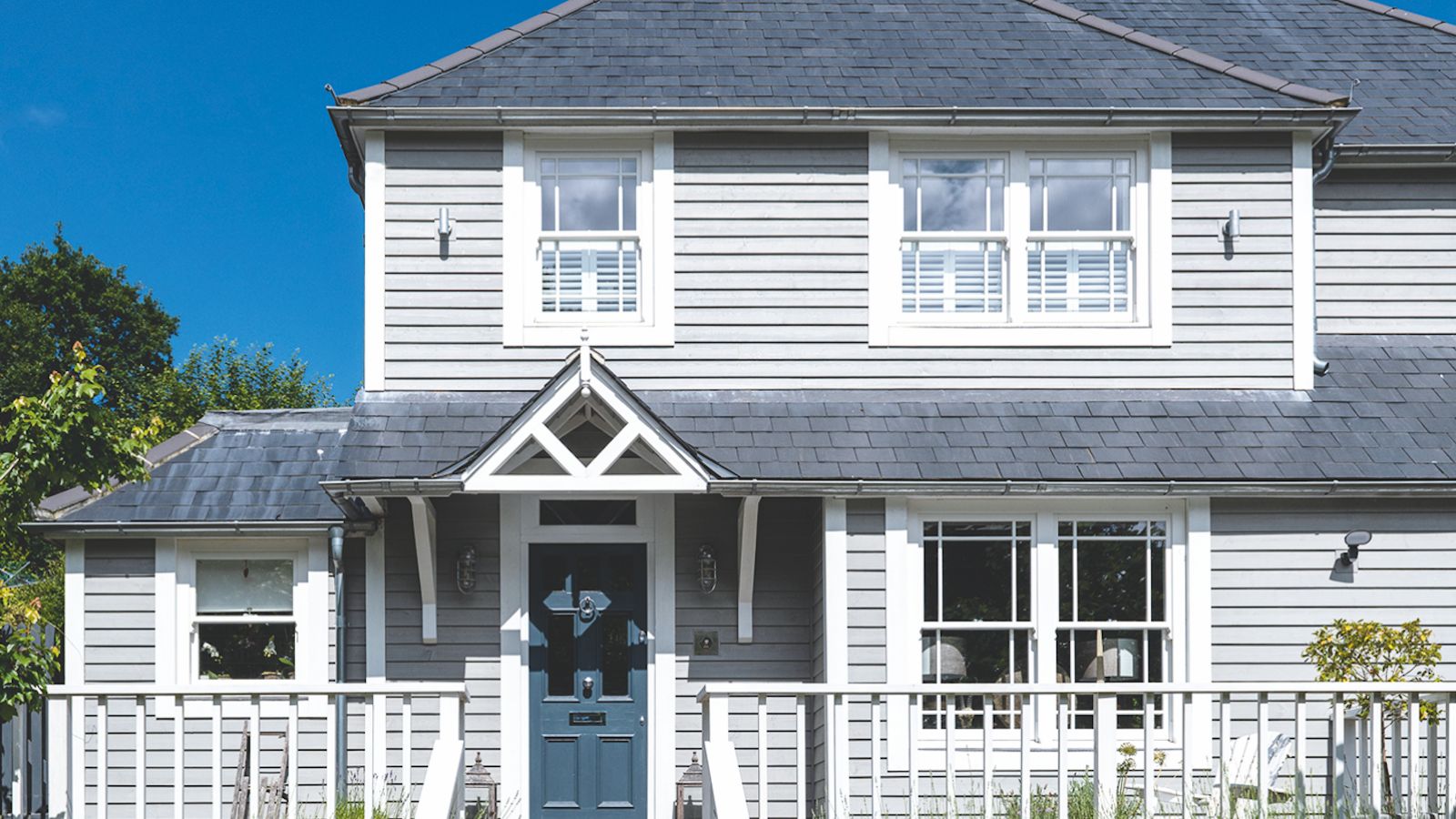
As the season transitions from summer to fall, we look forward to Halloween, autumnal displays, warming, seasonal food. But one other thing is also for certain, and perhaps not as desired – rain.
We're all for hunkering down during rainy season, but while the weather outside might be making your home feel snug and autumnal, the last thing you want moisture getting into your home, causing damage and mold.
We spoke to weatherproofing and roofing experts for their top tips on which exterior spots of your home need special attention to prep for rainy season, and how to prevent leaks inside your home, which will also help winterize your home.
12 exterior spots of your home that are prone to leaks in rainy season
1. Skylights
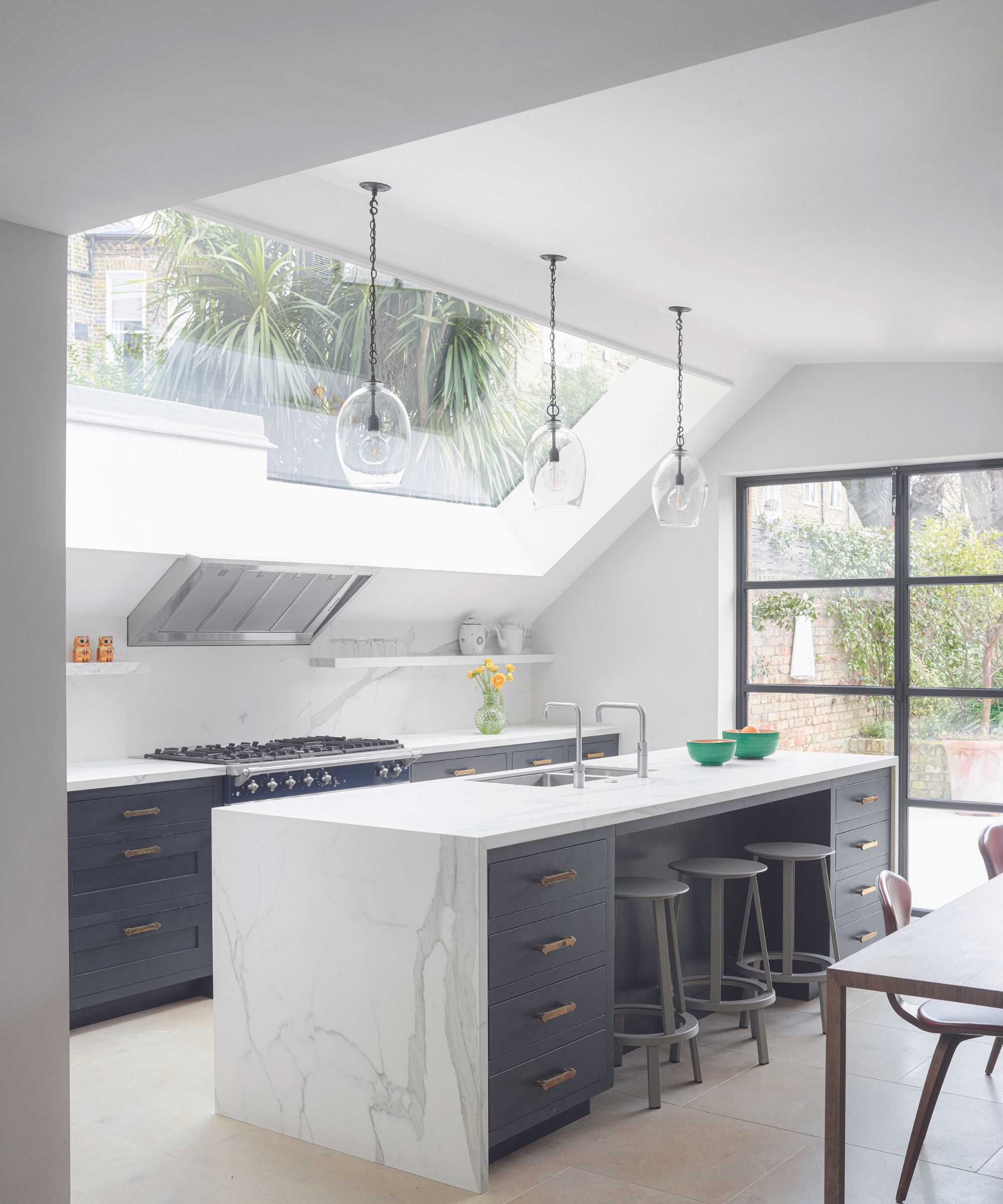
Skylights are a great way to increase natural light in your kitchen and home, but, perhaps unsurprisingly, they're also one of the main areas of your home that are prone to leaks in rainy season.
'Skylights are big culprits when talking about leaks, at least in my experience in the industry,' says Tyler Hull, owner of Modern Exterior and a professional home exterior contractor with over a decade of experience in residential construction. 'There's always a big chance for leaks, especially as they get older. The usual trouble comes from the weather seals getting damaged, maybe from just wearing out over time or from being hit during a storm. Fixing this isn’t too big of a deal, usually just involves putting in new seals or some caulking.'
For this, Hull recommends using the Sashco 10026 Big Stretch Caulk available at Amazon, as 'it adapts to changes in temperature and pressure which means it doesn't crack or need much touching up.'
If there's a crack in the glass, however, Hull warns that that's a different story, as you can't just patch it up. 'You have to replace the whole skylight,' he says. 'That's definitely not a weekend DIY project. Better to call in the pros, like a trusted roofing company, to handle that,' as it's a household projects not to DIY.
2. Chimney flashing
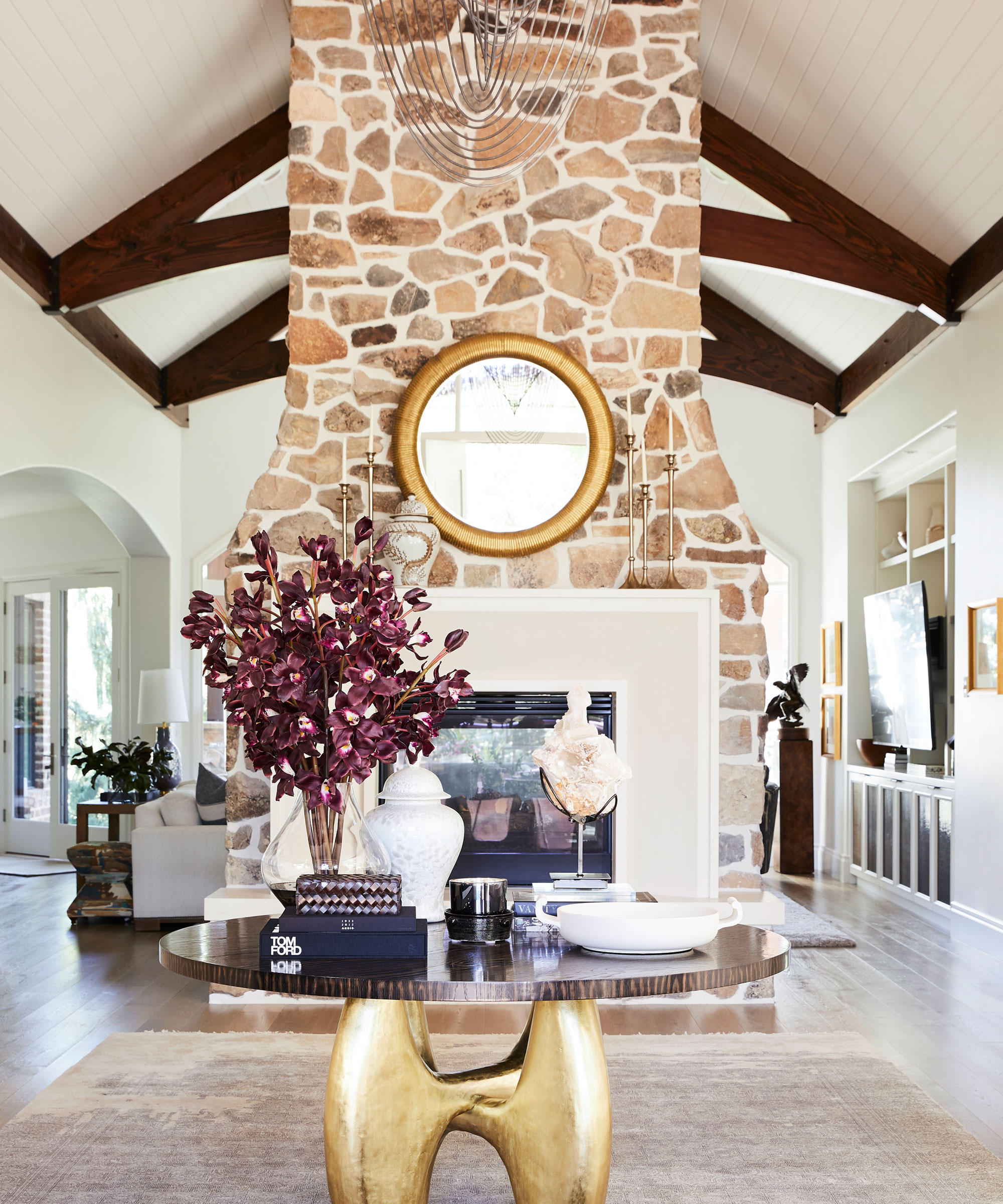
'Chimneys require attention to the flashing, the material that seals around the chimney and roof edge,' says Jason Hedtler, owner of Hedtler Roofing LLC. 'Have the flashing inspected annually and repair or replace any damaged parts. For small cracks in chimneys, apply a concrete sealant.'
We recommend the Stormdry Brick Sealer available at Amazon for prepping your chimney for winter and rainy season, as it deeply forms an invisible, waterproof barrier in just one coat, while allowing masonry to breathe.
'Larger cracks may require an epoxy injection system to fully seal them,' adds Hedtler.
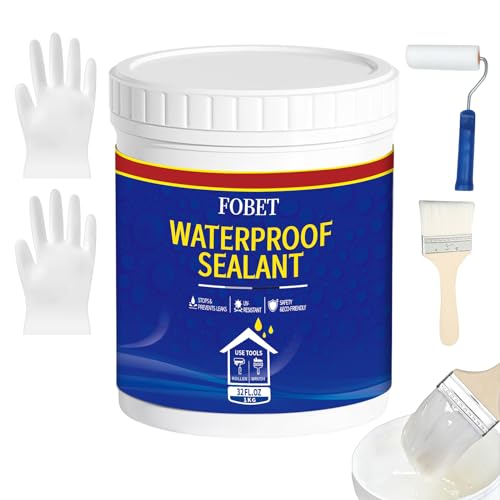
This roof sealant is waterproof, heat and frost resistant, and long-lasting, forming a protective shield to keep moisture out of your home. It can also be used indoors on multiple surfaces, such as tiles, flooring and wall cracks.
3. Attics and basements

Wondering how to waterproof a basement? If you want to make the most of your basement or attic, preventing moisture getting inside is an important step, as, as the highest and lowest points in your home, they're particularly prone to leaks during rainy season, which is why there are things you should never store in your basement, and items you should never store in the attic, too.
'As an experienced general contractor in Utah, I know attics and basements are especially prone to leaks if not properly weatherproofed,' says Brayden Montgomery, owner of Vantage Builders.
'For attics, I recommend radiant barrier sheathing, like Reflectix (available at Amazon) to reduce heat transfer into the attic space. It also prevents condensation, which can lead to water damage.'
For basements, Montgomery suggests using a waterproofing sealant such as Drylok Concrete Floor Paint available at Walmart, which comes in many different colors to suit your home. 'It creates an impenetrable barrier against moisture seeping through foundation walls,' says Montgomery.
4. Dormers
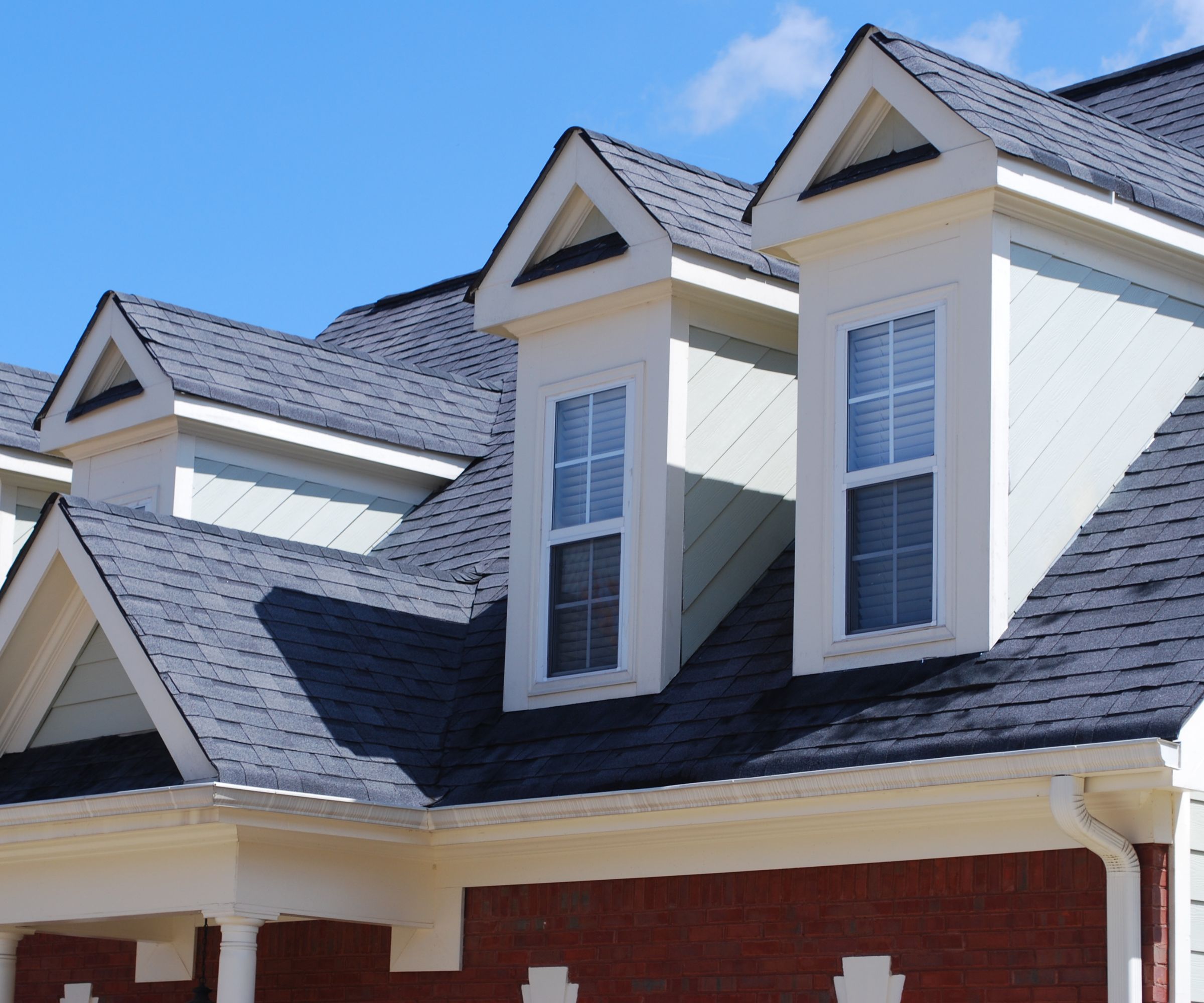
Another exterior spot of your home that are prone to leaks in rainy season is dormers, which are roofed structures, usually containing a window that projects beyond a pitched roof. They are used to increase storage space, natural light and ventilation, and added during loft conversions.
'They might seem like just another part of your roof, but actually, they're gaps that can easily let water in,' says Hull. 'Dormers are often added later, maybe by contractors or homeowners who are more enthusiastic than skilled. The thing is, dormers need really good flashing to keep water out, and it's not uncommon for that to be installed wrong.
'If you think your dormers are leaking, best skip the quick fixes like roofing cement. That's not going to cut it long-term. You're better off getting a professional roofing company to look at it.'
5. Gutters
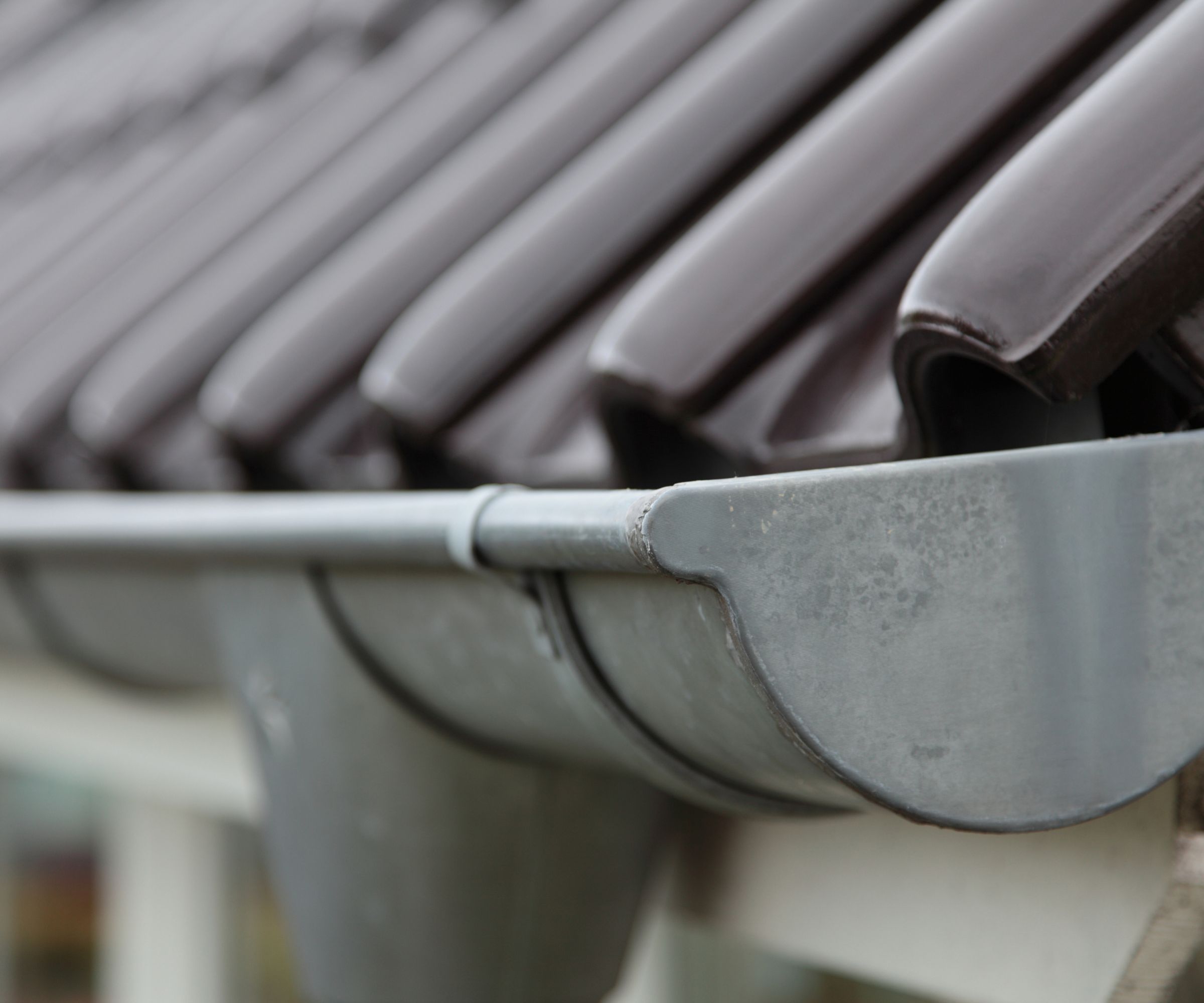
'Regular inspections of roofs and gutters are also key,' says Montgomery. 'Clogged gutters lead to water overflow and leaks, so gutter guards (such as the bestselling A-M Gutter Guard available at Amazon) prevent debris buildup.'
Jack Golini, owner at Golini Roofing also recommends ensuring gutters slope away from the house. 'It's an easy, inexpensive fix to prevent moisture intrusion,' he says.
Your gutters need to be clean before installation, so learn how to clean gutters from the roof before getting started.
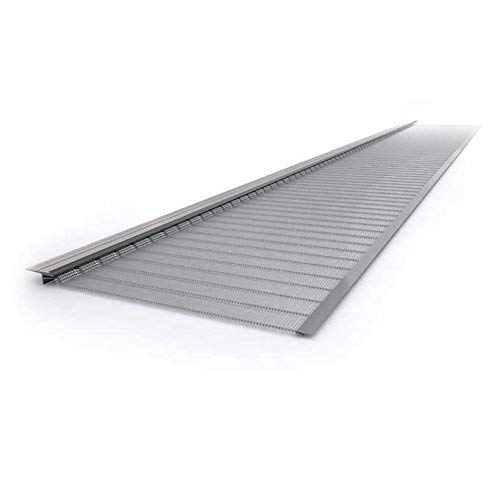
Golini recommends the EasyOn gutterguard, which is easy to install with a micro-mesh filtration system. As it's made of surgical-grade stainless steel, it is also resistant to rust. Happy customers mention the functionality and ease of using the product, and note that it is good value for money.
6. Pipe collars
Another exterior spot of your home that may require special attention ahead of rainy season are pipe collars.
'These transition your roof to the plumbing vent pipes, and can be sneaky leak sources,' says Dan Schneider, brand president of Mighty Dog Roofing. 'Over time, the rubber or neoprene gaskets wear out thanks to relentless UV rays. Once they crack, it's basically a free pass for water to get into your home.'
Luckily, Schneider assures that a simple inspection can save a lot of trouble. 'Check those pipe collars for any signs of cracking or wear. If they're looking rough, replace them ASAP.'
Schneider recommends Oatey Rain Collar No-Calk Roof Flashing available at Amazon for this, as it creates a tight seal around the vent pipes, keeping moisture out. 'And don't forget, you should be doing this about every 10 years to stay ahead of potential leaks,' he adds.
7. Windows and doors

'Surprising as it might seem, they can be leak culprits too,' says Hull. 'During the rainy season, it’s pretty easy to spot if your windows or doors aren’t sealed right, like if the caulking’s cracked or if there are gaps in the weather stripping. These materials don’t last forever; they break down over time and might need fixing or even replacing to keep the rain where it belongs—outside.'
If you spot any leaks, which may cause frost on the inside of windows during colder months, it's important to act fast. Montgomery recommends using the GE Advanced Silicone Window & Door Sealant which is a popular pick at Walmart for the task. It's 100% waterproof, freeze and sun-proof, and ensures your home 10-years mold free, with five times stronger adhesion, along with a lifetime guarantee.
8. Deck attachments

While its likely that your deck was used and loved in summer, during rainy season it can quickly become a problem area, and cause dangerous slippery deck conditions.
'In my experience, deck attachments are also a common source of leaks,' says Golini. 'I've seen many cases where bots or screws securing decks to homes have rusted or loosened over time, allowing water to seep into the areas below the deck,' and therefore into the surrounding area of your home's foundations.
Golini suggests applying a sealant, such as the bestselling and affordable DAP Alex Plus All Purpose Acrylic Latex Caulk available at Walmart, around deck posts and rim joists and replacing any damaged or loose hardware. 'This can remedy these leaks before they become costly water damage claims,' he says, which will also help preserve decking.
9. Roof valleys
'These are spots where two roof sections come together to form a trough,' says Hull. 'They’re key players in directing water runoff, but they’re also hotspots for leaks. In winter, trapped water can freeze, expand, and mess up the flashing, opening a door for leaks. And if leaves pile up there, they can cause the metal flashing to corrode faster than it should. Keeping those valleys clear of debris is a must to help your roof last longer.'
Learn how to clean a shingle roof the right way, and this should be a leakage you're able to avoid.
10. Foundation cracks
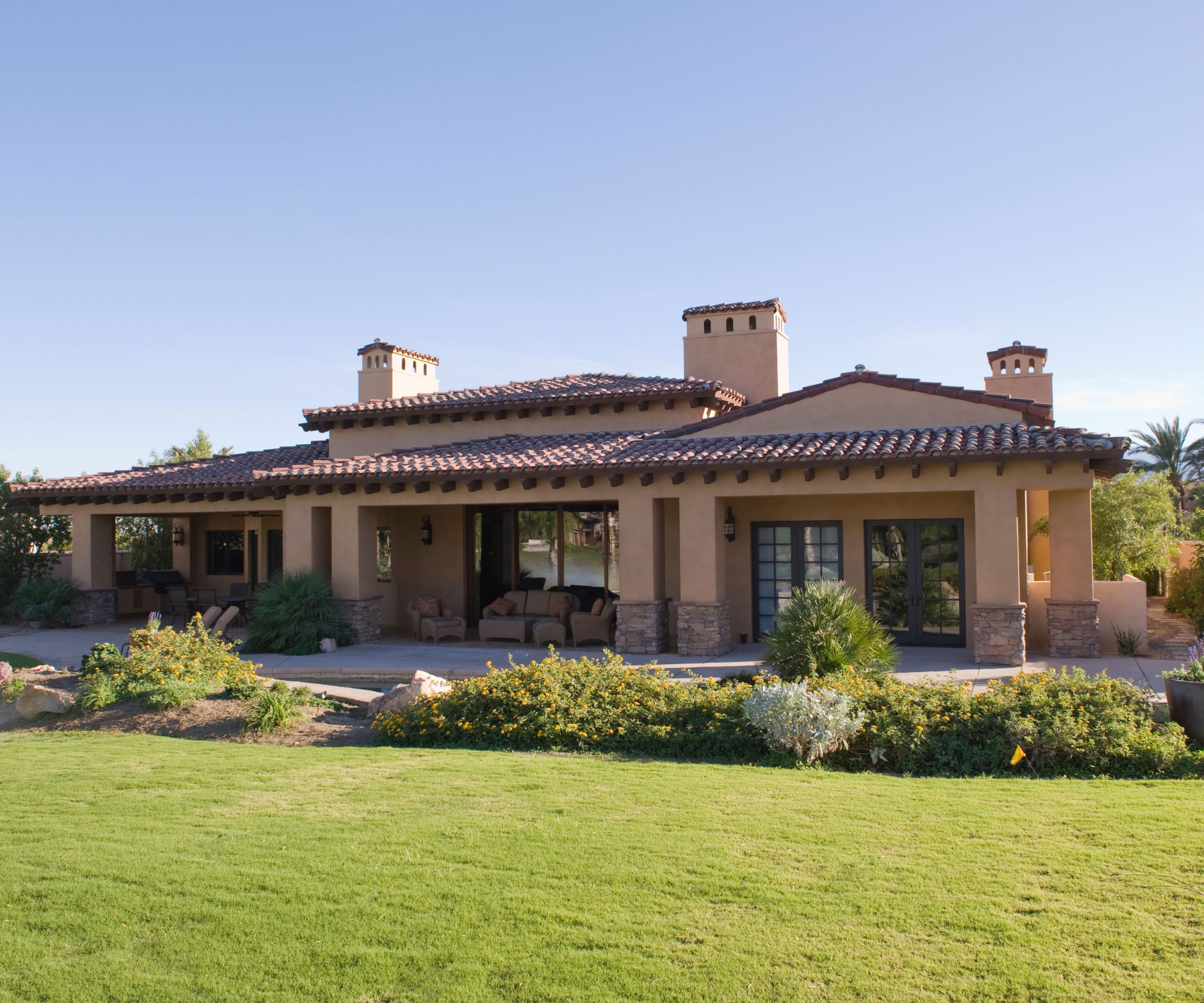
It goes without saying, but foundation cracks are structural issues you can't afford to ignore, as they will allow moisture into your home and cause irreparable damage if not dealt with correctly.
'Foundation cracks should be sealed with a concrete sealant, like DAP Dynaflex 230 (available at Amazon),' says Sal Musto, owner of SalCorp Landscaping & Construction with over two decades of experience. Musto also recommends using waterproofing paint, such as Drylock Concrete Floor Paint to help seal porous foundations.
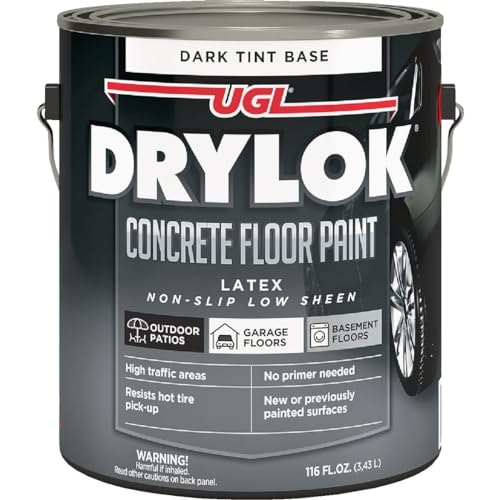
This non-slip dark tint base recommended by Musto doesn't require a primer, so is quick and convenient to use, and is suitable for all high traffic areas. It can also be used on surfaces that have previously been painted, and is eco-friendly.
11. Nail pops
'Nail pops happen when the nails securing your shingles start to rise, creating small gaps that let water in,' says Schneider. 'Hot and humid conditions tend to cause this, and, if your roof is older, it's even more likely.'
If you notice nail pops, Schneider recommends that you take care of them immediately. 'Hammer them back in or replace the nails, then seal the area with something like Henry Elastometric Roof Sealant,' he says, which is available at Amazon. It's an essential DIY skill that every homeowner should know.
12. Exterior walls
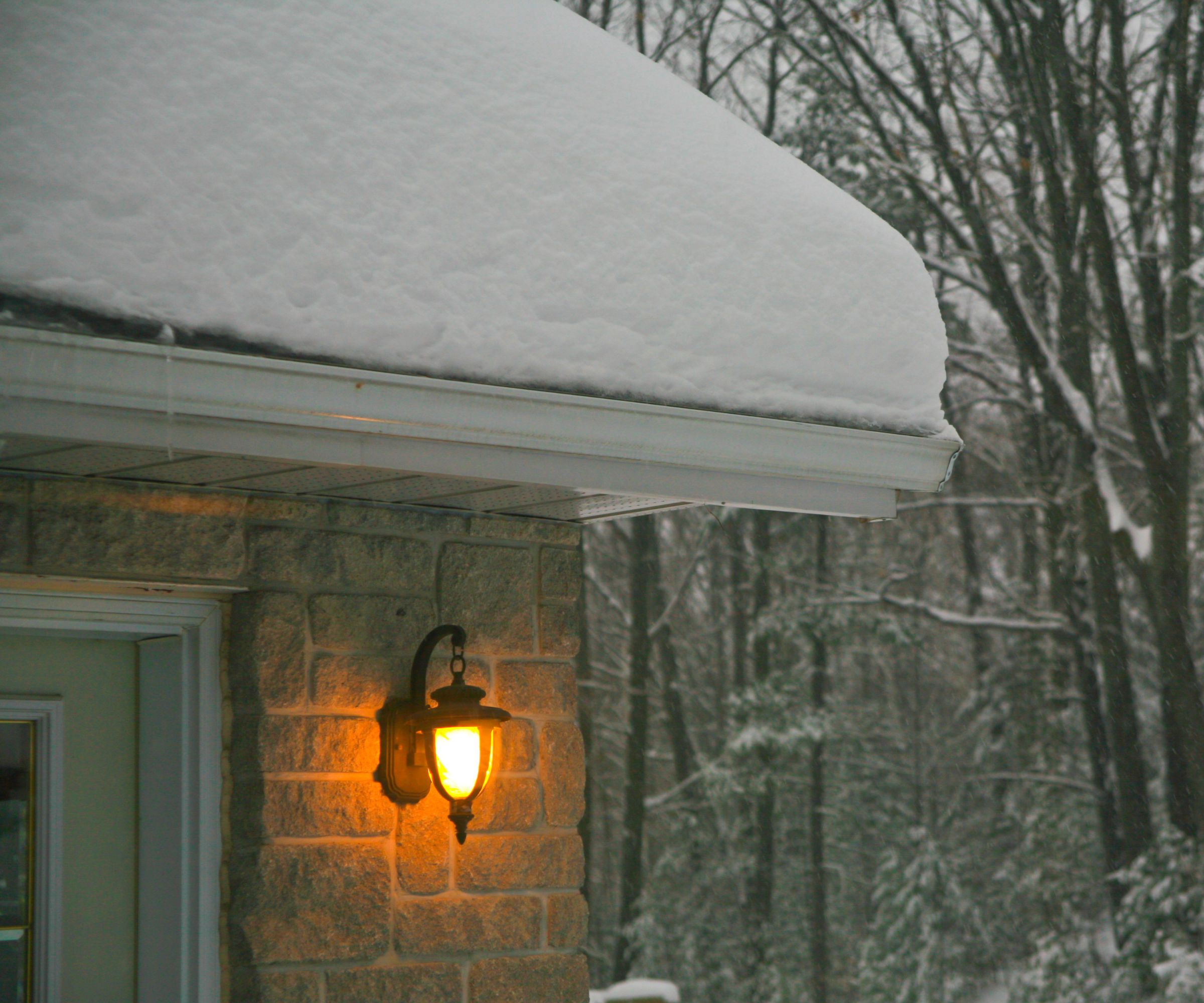
If you've been wondering what causes cracks in walls, they're also prone to leaks in rainy season and require attention ahead of fall.
'Gaps or cracks in your walls, like deteriorating mortar or missing bricks, can let water sneak inside,' warns Hull. 'If water gets in, it can cause spalling, where the surface of your wall starts flaking off. It’s really important to find out where exactly the water’s coming from if you spot these signs, to stop further damage.'
Carry out regular inspections of your exterior walls, and look out for any notable signs of damage, such as holes, gaps, flaking or wear. You can hire a professional to repair any brickwork, or use caulk and sealant if you prefer to DIY, such as the DAP Kwik Seal available at Walmart.
FAQs
Now you're aware of the exterior leak hot spots, find and fix common household leaks indoors.







